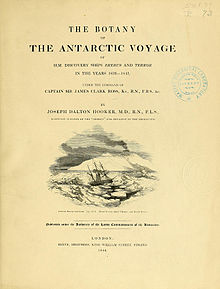
Funaria is a genus of approximately 210 species of moss. Funaria hygrometrica is the most common species. Funaria hygrometrica is called “cord moss” because of the twisted seta which is very hygroscopic and untwists when moist. The name is derived from the Latin word “funis”, meaning "a rope". In funaria root like structures called rhizoids are present.

Lepidoziaceae is a family of leafy liverworts. It is a group of small plants that are widely distributed.
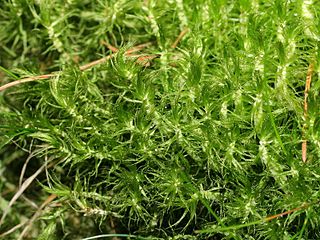
Dicranum is a genus of mosses, also called wind-blown mosses or fork mosses. These mosses form in densely packed clumps. Stems may fork, but do not branch. In general, upright stems will be single but packed together. Dicranum is distributed globally. In North America these are commonly found in Jack pine or Red pine stands.

Bazzania is a genus of liverwort in the family Lepidoziaceae.

Frullania is the only genus of liverworts in family Frullaniaceae. It contains the following species:
Kurzia is a genus of liverworts in the family Lepidoziaceae. It contains the following species. Kurzia crenacanthoideaG. Martens is a synonym of Kurzia gonyotricha(Sande Lac.) Grolle.

Asterella is a liverwort genus in the family Aytoniaceae.

Grimmia is a genus of mosses (Bryophyta), originally named by Jakob Friedrich Ehrhart in honour of Johann Friedrich Carl Grimm, a physician and botanist from Gotha, Germany.

Racomitrium is a genus of mosses in the family Grimmiaceae established in 1818 by Samuel Elisée Bridel-Brideri. It contains the following species:
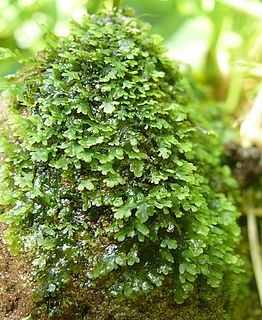
Riccardia is a plant genus in the liverwort family Aneuraceae.

Tortula is a genus of mosses in the family Pottiaceae.
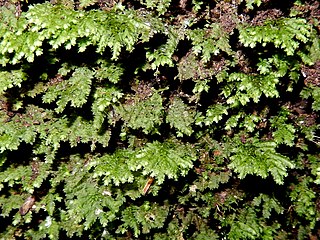
Hypopterygium is a genus of moss in the family Hypopterygiaceae. It contains the following species:
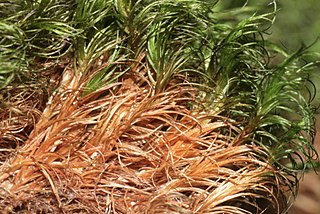
Campylopus is a genus of 180 species of haplolepideous mosses (Dicranidae) in the family Leucobryaceae. The name comes from the Greek campylos, meaning curved, and pous, meaning foot, referring to the setae which curve downwards.

Syntrichia is a large, cosmopolitan genus of mosses in the family Pottiaceae. The genus name is of Greek origin for "plus" and "hair", referring to the "twisted peristome united by a basal membrane".

Neckera is a large genus of mosses belonging to the family Neckeraceae. The genus was first described by Johann Hedwig. The genus has a cosmopolitan distribution.

Rhynchostegium is a genus of pleurocarpous mosses belonging to the family Brachytheciaceae. The genus has a cosmopolitan distribution across different climatological regions except the polar regions, mostly in tropic to north temperate regions. The genus contains both aquatic and terrestrial species. The genus was named for their rostrate opercula. The type species of this genus is Rhynchostegium confertum (Dicks.) Schimp.
Lophocoleaceae is a family of liverworts belonging to the order Jungermanniales.
Clasmatocolea is a genus of liverworts belonging to the family Lophocoleaceae.
